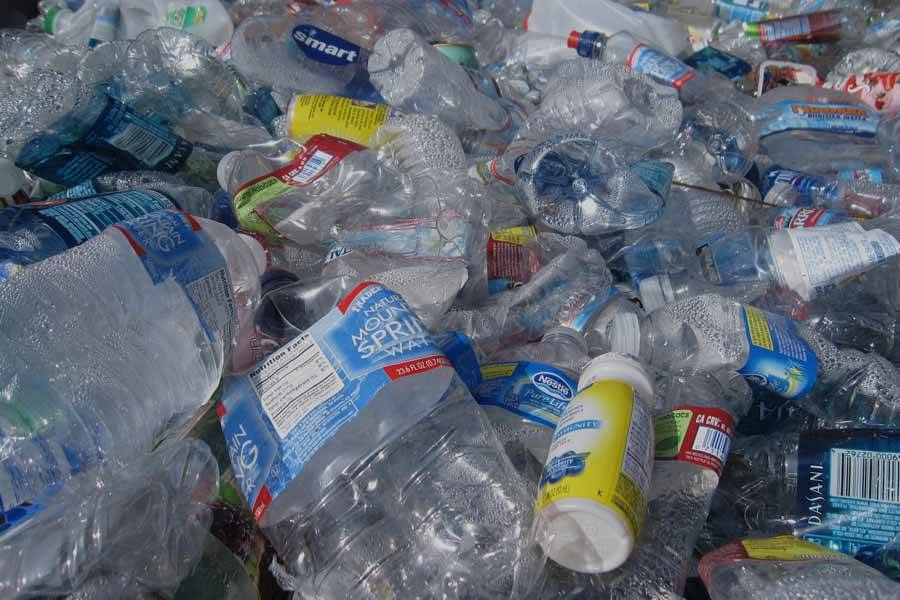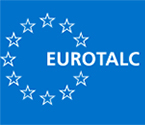About 60% of all talc used is recycled in the products that contain it.
Recycling
Based on the sector’s current market analysis and estimated recycling rates, we can consider that about 60% of all talc used is recycled. This figure is an EU wide average figure and regional disparities do exist. (Source: IMA-Europe mineral recycling sheets, April 2013) Talc, as most industrial minerals, are used in a wide range of applications and end products. Recovering these minerals from their end applications would be technically complicated, time-consuming and ultimately, environmentally unsound. However, although the mineral itself may not be recyclable per se, it may lead a second, third, fourth – or even an infinite number of lives in the case of paper or in others products that contain them. “Recycling” in this context should be understood as defined in the European Waste Framework Directive (Directive 2008/98/EC on waste), as: “any recovery operation by which waste materials are reprocessed into products, materials or substances whether for the original or other purposes. It includes the reprocessing of organic material but does not include energy recovery and the reprocessing into materials that are to be used as fuels or for backfilling operations”.
End of life
Having contributed to providing the final product with technical and environmental advantages, talc remains in these products when they are disposed of.
Talc’s chemical inertness ensures it does not become a hazardous contaminant, whatever its final destination.
Talc in recyclable products



